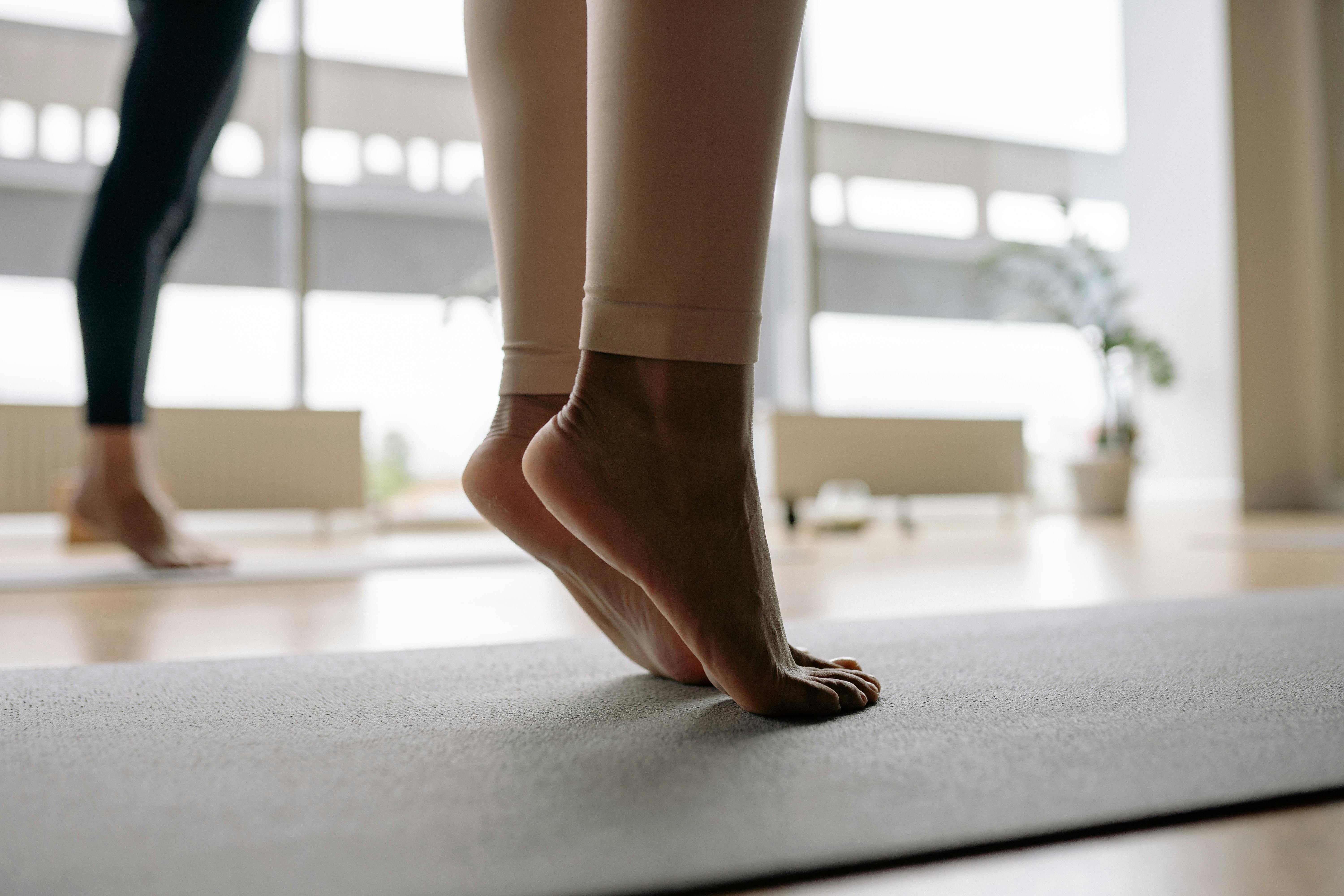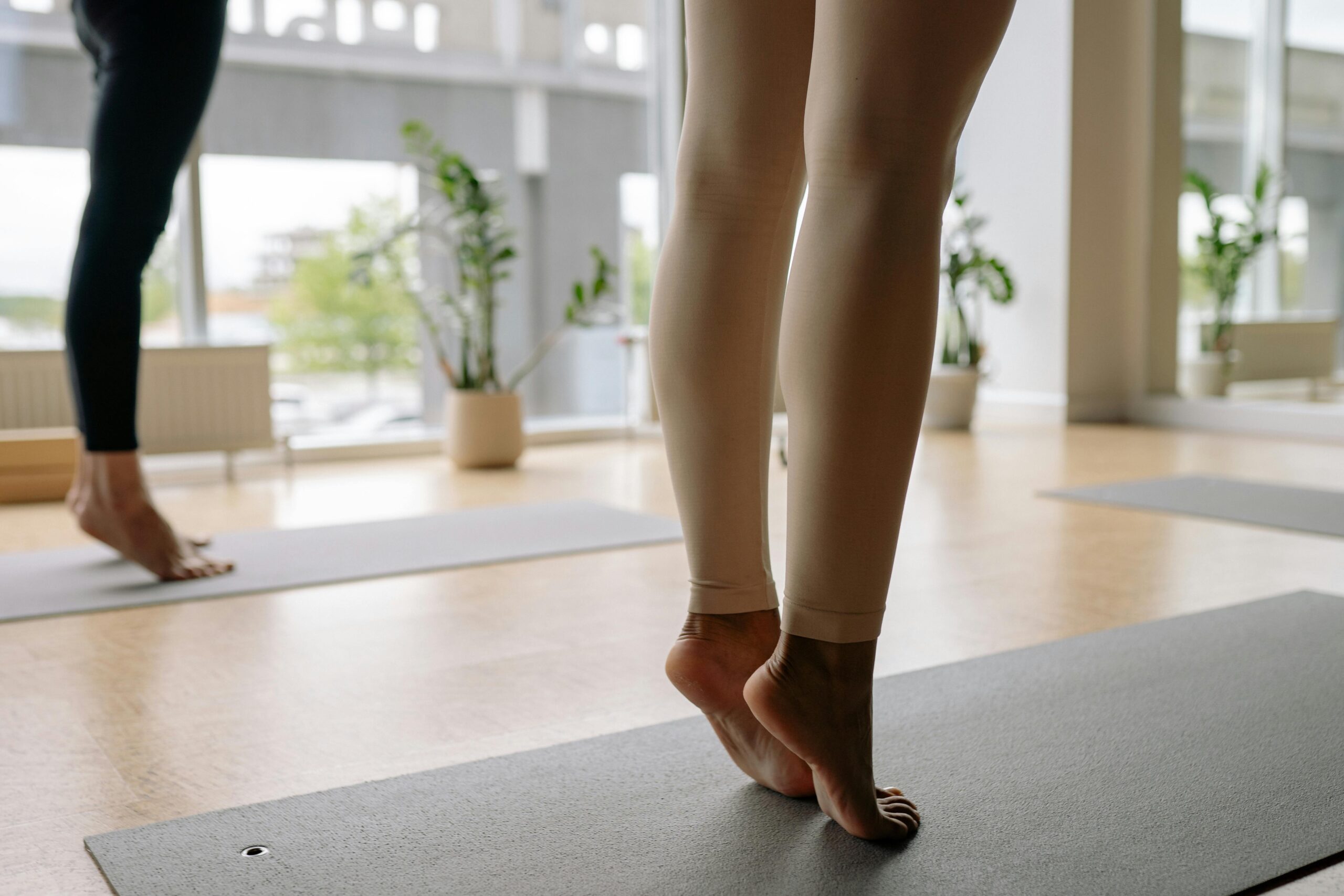8 Powerful Mindfulness Practice Tips for Everyday Life
In today’s fast-paced world, the art of mindfulness has become more essential than ever. With mounting responsibilities, endless digital distractions, and rising stress levels, cultivating a mindful lifestyle can help bring clarity, calm, and balance. This article explores mindfulness practice tips that anyone can use to reduce stress, improve focus, and reconnect with the present moment.

Understanding the Fundamentals
Mindfulness is the practice of being fully present and engaged in the current moment, without judgment. Rooted in ancient meditation traditions, mindfulness has found its place in modern mental wellness, backed by decades of scientific research.
These core principles serve as the foundation for all effective mindfulness techniques. Like learning to walk before running, grasping these fundamentals ensures your practice is sustainable and meaningful.
1.1 Present Moment Awareness
Present moment awareness means tuning into what’s happening right now—your thoughts, emotions, and surroundings. A study from Harvard University found that people spend nearly 47% of their waking hours thinking about something other than what they’re doing. Practicing mindfulness helps reclaim that focus.
Whether you’re sipping coffee or walking your dog, being truly present adds depth to each moment. A common misconception is that mindfulness means emptying the mind, but in truth, it’s about observing without getting lost in thought.
1.2 Non-Judgmental Observation
Unlike self-criticism, mindfulness encourages observing thoughts and emotions without labeling them as good or bad. This sets it apart from mere reflection, which often includes bias or evaluation.
For instance, instead of thinking, “I’m terrible at relaxing,” you might simply notice tension in your shoulders and acknowledge it. This subtle shift fosters compassion and resilience over time.
Practical Implementation Guide
Now that you understand the pillars of mindfulness, it’s time to put them into action. While the path to mindfulness may vary by person, consistent practice leads to meaningful, long-term results.

2.1 Actionable Steps
- Start with Breathwork: Spend 2–5 minutes each morning focusing on your breath. Inhale deeply, exhale slowly, and observe the sensation.
- Use Mindfulness Cues: Set phone alarms labeled “Pause & Breathe” or wear a bracelet as a tactile reminder to return to the moment.
- Track Your Progress: Keep a simple journal noting daily thoughts, triggers, and breakthroughs. This reinforces growth and self-awareness.
2.2 Overcoming Challenges
Mindfulness doesn’t come naturally at first. Common obstacles include:
- Wandering Thoughts: Accept them without judgment; gently return to your breath or chosen focus.
- Inconsistency: Tie practice to existing habits, like brushing your teeth or morning coffee.
- Impatience: Mindfulness isn’t a quick fix; results build gradually with repetition.
Experts recommend starting small and celebrating micro-successes. Mindfulness is a muscle—train it slowly for lasting strength.
Advanced Applications
Once you’ve built a solid routine, you may feel ready to level up your practice. These advanced mindfulness techniques deepen your experience and create space for profound insight and healing.

3.1 Body Scan Meditation
This technique involves mentally scanning your body from head to toe, paying attention to sensations, tension, and energy flow. Studies show that regular body scan practice can significantly reduce chronic pain and anxiety symptoms.
Practitioners often report better sleep quality, heightened awareness of physical health, and stronger emotional regulation as key benefits.
3.2 Integrating Mindfulness with Workflows
Advanced mindfulness also means integrating it with your daily responsibilities. For instance, during meetings, focus on listening without planning your response. While working, pause briefly every 30 minutes to breathe and reset.
This seamless integration supports sustained mental clarity and prevents burnout, especially in high-pressure environments.
Future Outlook
Mindfulness is no longer confined to meditation mats. Innovations like AI-guided sessions, VR-based breath training, and biometric feedback apps are transforming how we engage with mindfulness practice tips.
In the next 3–5 years, expect mindfulness to be embedded in corporate wellness programs, public education, and even clinical therapy. Preparing now positions you to ride this wellness wave with intention and ease.
Conclusion
To recap, effective mindfulness begins with understanding key principles like presence and non-judgment, applying them consistently, and progressing to deeper levels of integration. Each step you take can radically enhance your overall well-being.
Begin your journey today by setting aside just five minutes to breathe, reflect, or simply notice. Your future self will thank you for embracing these simple but transformative mindfulness practice tips.
Frequently Asked Questions
- Q: What exactly is mindfulness? Mindfulness is the practice of paying attention to the present moment without judgment. It helps reduce stress and improve clarity.
- Q: How do I get started with mindfulness? Begin with short daily breathing exercises or guided meditations, even just 2–5 minutes per day.
- Q: How much time does it take to see results? Most people notice subtle benefits in 2–3 weeks with consistent practice. Deeper changes occur over months.
- Q: Is mindfulness expensive? No. Many resources are free or low-cost, including apps, books, and online videos. No equipment is required.
- Q: How does mindfulness compare to therapy or medication? Mindfulness complements traditional treatments but may not replace them. It’s holistic and self-driven.
- Q: Is mindfulness difficult to learn? Like any skill, it takes practice. But it’s accessible to everyone, regardless of background or experience.
- Q: Can mindfulness help in high-stress industries like tech or healthcare? Absolutely. Mindful habits enhance focus, reduce burnout, and support sustainable productivity in demanding environments.
